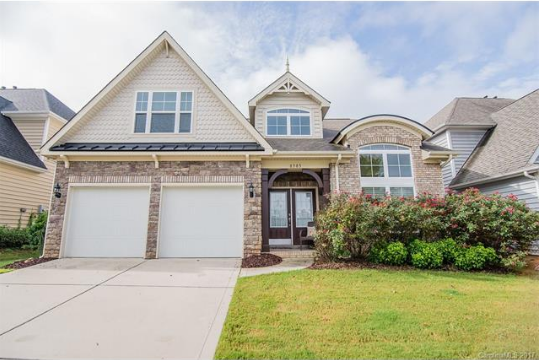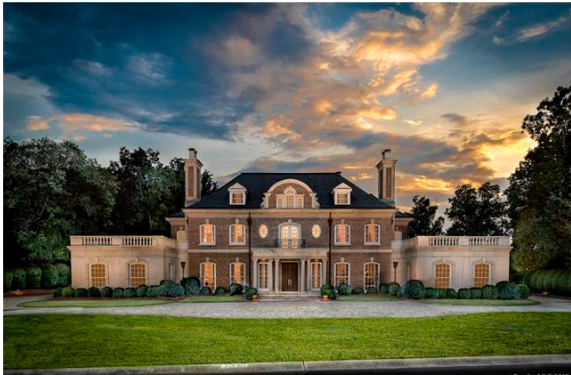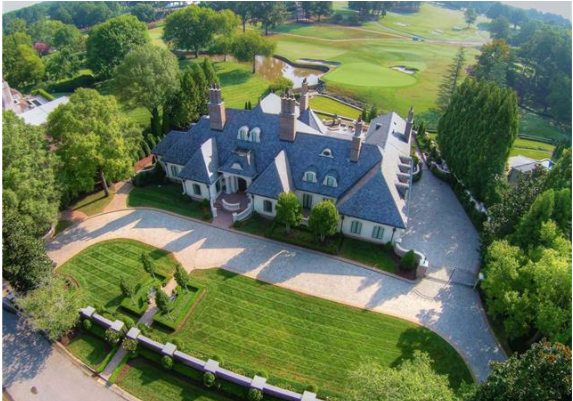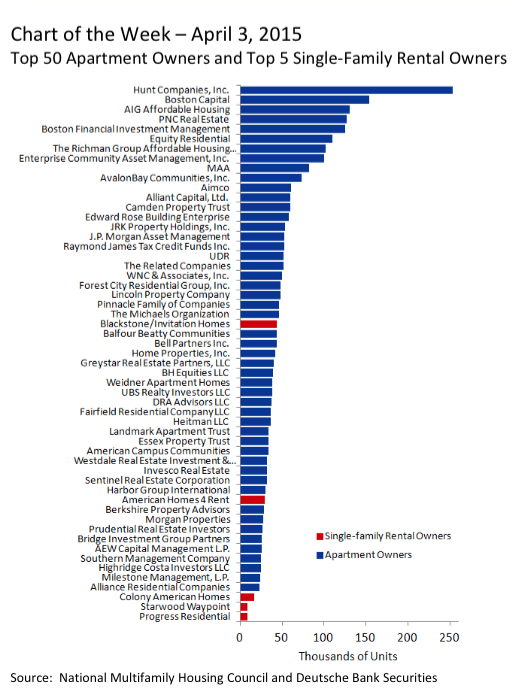When looking for the perfect home, it may be hard to find something in the right location that checks all of the boxes on your "needs" and "wants" lists. For some people, checking all of those "wants" are just as important as the "needs" and they can continue to look indefinitely. This person sounds like an ideal candidate for building a custom home. This process does have some pros and cons, which we will examine here.
When we look at building new homes, there are a couple options that can be explored. Typically the two ways this can work is by going to a new home community and having a home built, or finding a lot in the location you desire, then building a home to suite you on that lot.
New Home Communities
The first is going to a community that is being built and meeting with the onsite representative. They can fill you in to what home plans they have available in that community, and probably even some models that are being built for them to sell off, known commonly as "Spec Homes". They typically will have an onsite model showing many of the options and upgrades that can be had, as well as letting you get a general idea of how they build. Be careful, many of these model homes include upgrades that put them out of the advertised price ranges they show on the main community signs. It is not uncommon for a home with a $350,000 base price to be shown as a model home that would cost you over half million dollars.
There are some advantages to being in a new home community. First, the homes around you will typically be the same style and price range. You don't have to worry about homes being out of line with the remainder of the community. Another advantage is that the community typically offers amenities, such as pools, playgrounds, tennis courts, clubhouse, etc. Finally, normally all of your neighbors will be new to neighborhood as well, so they are great for connecting new owners together.
This style of building does not come without some disadvantages as well. First, these neighborhoods are sometimes known for the homes to be a little cookie-cutter. The builder will probably offer between 4 and 8 floor plans that they will build, meaning you will see some repeating plans in the neighborhood. These homes are not custom, but they will be offered with options that will make them somewhat different and tailored to your taste. Another drawback is in the HOA. The HOA will charge a fee to maintain those amenities we discussed in the advantages, but also it will regulate some aspects of the community. These regulations can range from installation of fences, to what decorations can be placed outside your home, what vehicles can be parked in driveways, or even breeds of pets that you can have. Some people do not like this external interference in their lives.
The timeline to build in a new community can range from 3 - 4 months for some builders, up to 8 - 9 months for others.
Custom Build On Your Lot
Now on to what we would traditionally think of as a custom build. This would be when you find a location you love, but can't find a home. There is a vacant lot that can be had and you buy it! Now you just need someone to put that dream home on it.
Custom building has some distinct advantages over community builds and resales in that you will get exactly what you want. A builder will typically ask you to find a floor plan that you like, and they will work with making some changes to it to fit your ultimate needs and goals. Pricing for these homes can be found all across the board, some builders can build between $70-80 per square foot, while others will start at $150 per square foot, it really just depends what you want (and keep in mind that this does not include the cost of your lot). Another advantage to building custom, depending on what you build and where, it is not uncommon to have some instant equity in your home due to the value of the other homes around you.
Disadvantages hinge right off our last advantage though. Depending on where you build, you will want to ensure that you do stay in line with the community. Building something that doesn't fit with the surroundings will be significantly detrimental to your home's value. Building a 4,500 square foot French Chateau in a neighborhood of 1,200 square foot single wide trailers will not bode well for the value of your home (and unless you are paying for it out of pocket, your lender probably will not approve it). With custom homes, if you buy a lot in a planned community you may find yourself subject to architectural reviews and may still have HOA restrictions.
The time line for building custom is longer than that of a community build, typically ranging from 9-15 months, which does not include 6-8 weeks of pre-planning.
Conclusion
So if you have the luxury of time before having to move on your side and are having trouble finding that property that is what you want in the right location, it may not be a bad option to make it happen on your own!
If you have any questions on finding a lot, looking for a builder, or how to begin the process, know that I am always available to answer these and any other real estate related questions!





